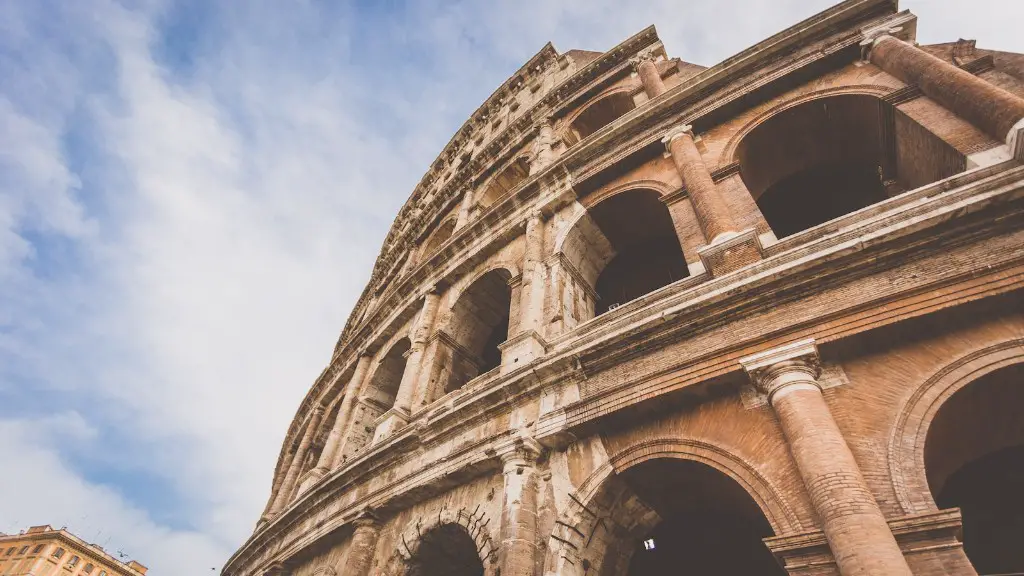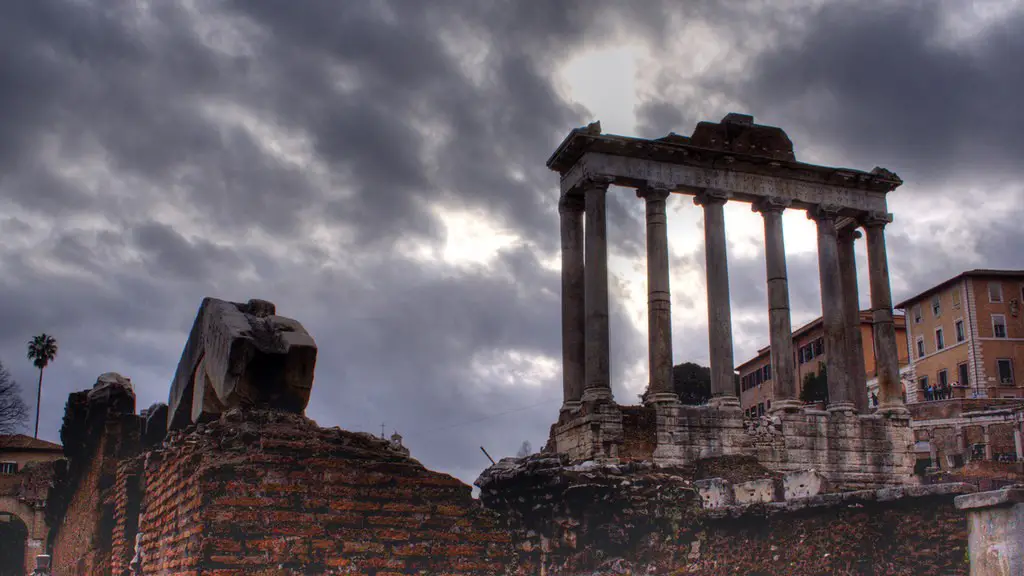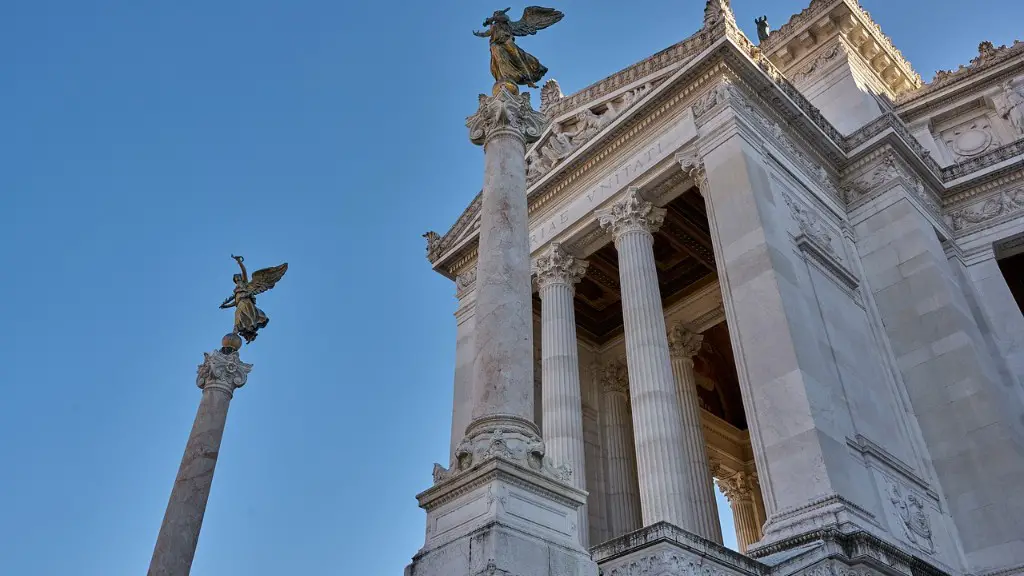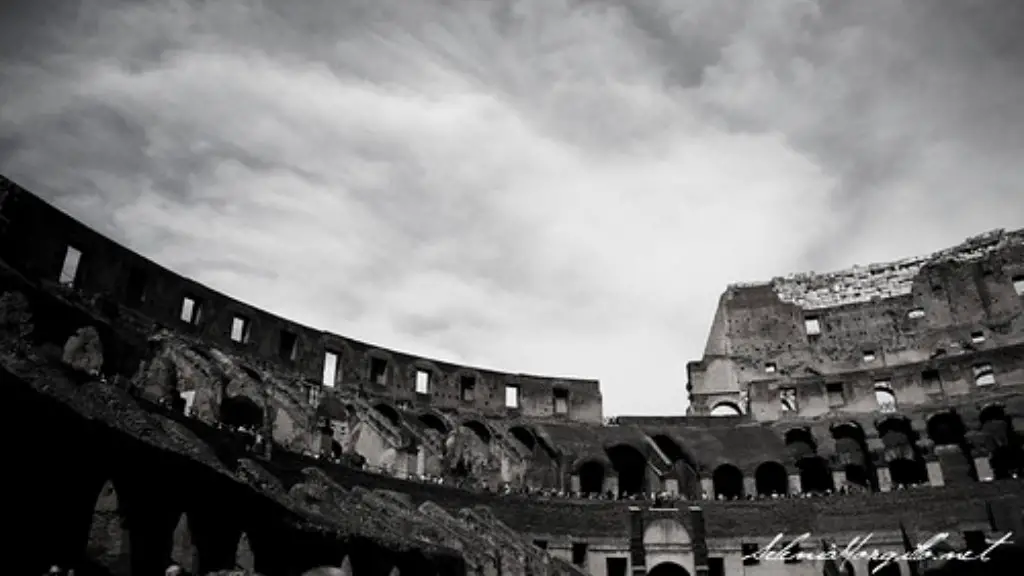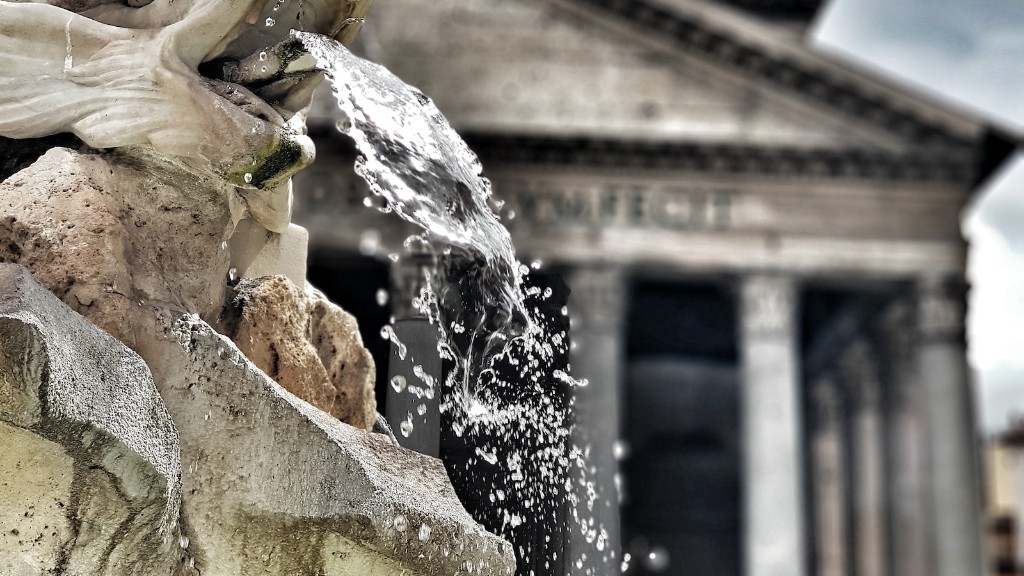Once the seat of an empire that ruled most of the Mediterranean world, Rome is now a bustling capital city with a rich culture and history. Visitors to Rome can still see many of the ancient ruins that dot the cityscape, including the Coliseum, the Forum, and the Pantheon. But Rome is much more than just a city of history – it is also a vibrant, modern metropolis with a lively nightlife, a wealth of art and architecture, and delicious food. Whether you’re interested in exploring Rome’s past or its present, there’s plenty to see and do in this fascinating city.
Ancient Rome is now a large archaeological site in Rome, Italy.
Where is ancient Rome located today?
Rome is one of the oldest continuously occupied sites in Europe and the largest and most influential city in Italy. The history of Rome spans more than two and a half thousand years, from its founding in 753 BCE through the present day. Rome is a major political, religious, and cultural center of Western civilization and the world.
Rome is a city located in central Italy. It is the capital of Italy and the seat of the Italian government. Rome is also the largest city in Italy and the fourth most populous city in the European Union. Rome is often referred to as the City of Seven Hills due to its geographic location, and also as the “Eternal City”. Rome is generally considered to be the “cradle of Western civilization and Christian culture”, and the centre of the Catholic Church.
What is left of ancient Rome today
The Roman Empire was one of the most influential empires in history. Although it has been thousands of years since the empire flourished, we can still see evidence of its influence in our art, architecture, technology, literature, language, and law. From bridges and stadiums to books and the words we hear every day, the ancient Romans have left their mark on our world.
The Roman Republic was a model of government that many modern-day governments are modeled after. The legacy of Ancient Rome is still felt today in western culture in areas such as government, law, language, architecture, engineering, and religion. The Roman Republic was a model of government that emphasized checks and balances between different branches of government, and this model is still used in many modern-day governments. The Roman Republic also had a strong emphasis on the rule of law, and this is still reflected in the legal systems of many western countries. The Roman Republic was also responsible for the spread of the Latin language, which is still the predominant language in many western countries. The architecture and engineering of Ancient Rome are still evident in many modern-day buildings and infrastructure. And finally, the Roman Republic was responsible for the spread of Christianity, which is still the predominant religion in many western countries.
What ethnicity were the Romans?
The Latins were one of the most important peoples in the early Roman state. They were a people with a marked Mediterranean character, related to other neighbouring Italic peoples such as the Falisci. The Latins were essential to the early Roman state, providing a link between the city-state and the surrounding countryside. The Latins were also responsible for the early Roman military expansion, helping to conquer and settle new areas.
The Romans were a powerful and influential people who originated in the city of Rome in modern-day Italy. However, the Romans also ruled over many other countries across the globe during their time, which was known as the Roman Empire. The Romans were known for their military might, as well as their engineering and architectural abilities. Many of the roads and buildings that were constructed during the Roman Empire are still in use today.
Does Roman Empire still exist?
It’s fascinating to think about how much the world has changed since the days of the Roman Empire. It’s incredible to think that some of the same countries that were once part of that great empire still exist today. It’s a reminder of just how much of an impact the Roman Empire has had on the world.
The Massimos are an Italian family who claim to be the descendants of the Roman dictator, Fabius Maximus. They have a traceable lineage back to the 10th century, which still makes them one of the oldest extant families in Europe.
Are Italians descendants of Romans
There are a number of Italians alive today who are directly descended from people who lived during the Roman Empire. However, most of these individuals will also have some admixture from other European peoples. This is due to the fact that Italy has been invaded and settled by a number of different groups over the centuries.
The date 476 CE is also significant for being the end of the last Roman emperor, Romulus Augustulus. Odoacer, leader of the Germanic barbarians, overthrew him and took control of Rome. This date is significant because it marks the end of the ancient Roman Empire.
What language did the Romans speak?
Latin is a language that was spoken by ancient Romans. As the empire of Rome extended throughout the Mediterranean, the Latin language spread. By the time of Julius Caesar, Latin was spoken in Italy, France and Spain.
The Roman Empire was a very powerful force during the time period of the rise of Christianity. Christianity was a new religion that was seen as a threat to the established Roman Empire. The Roman emperors became increasingly intolerant of Christianity and took steps to stop it from spreading. The Christians refused to worship the emperor as a god, which made the Romans even more hostile towards them. Eventually, the Romans persecuted the Christians and tried to stamp out the new religion.
What skin color were Romans
Roman skin tones varied greatly, from light brown to pale. This was due to the vast empire that Rome controlled. People from all over the world were brought to Rome, and their skin tones were represented in the population.
The evidence suggests that the Romans were relatively tolerant of people with different skin tones. This is reflected in the art from the period, which includes frescoes, mosaics, and painted ceramics depicting black Africans and Ethiopians. There does not appear to be a strong “color prejudice” in Roman society.
What did Romans call Africa?
The land of the Afri was a term used by the Romans to refer to the northern part of the African continent. The Afri were a group of people who lived in this area, and the name Africa came from them. The Roman province of Africa corresponded to modern-day Tunisia, and the capital of Africa was Carthage.
Latin was originally spoken by small groups of people living along the lower Tiber River. As the Roman Empire expanded, Latin spread throughout Italy and then to most of western and southern Europe. Today, it is spoken in central and western Mediterranean coastal regions of Africa.
Final Words
Rome is the capital of Italy and was the capital of the Roman Empire. It is one of the oldest cities in the world, and its historic center is listed as a UNESCO World Heritage Site. Rome is home to numerous monuments, museums, and art galleries.
Ancient Rome is now a city that is full of ancient ruins. It is a very popular tourist destination because of its rich history.
